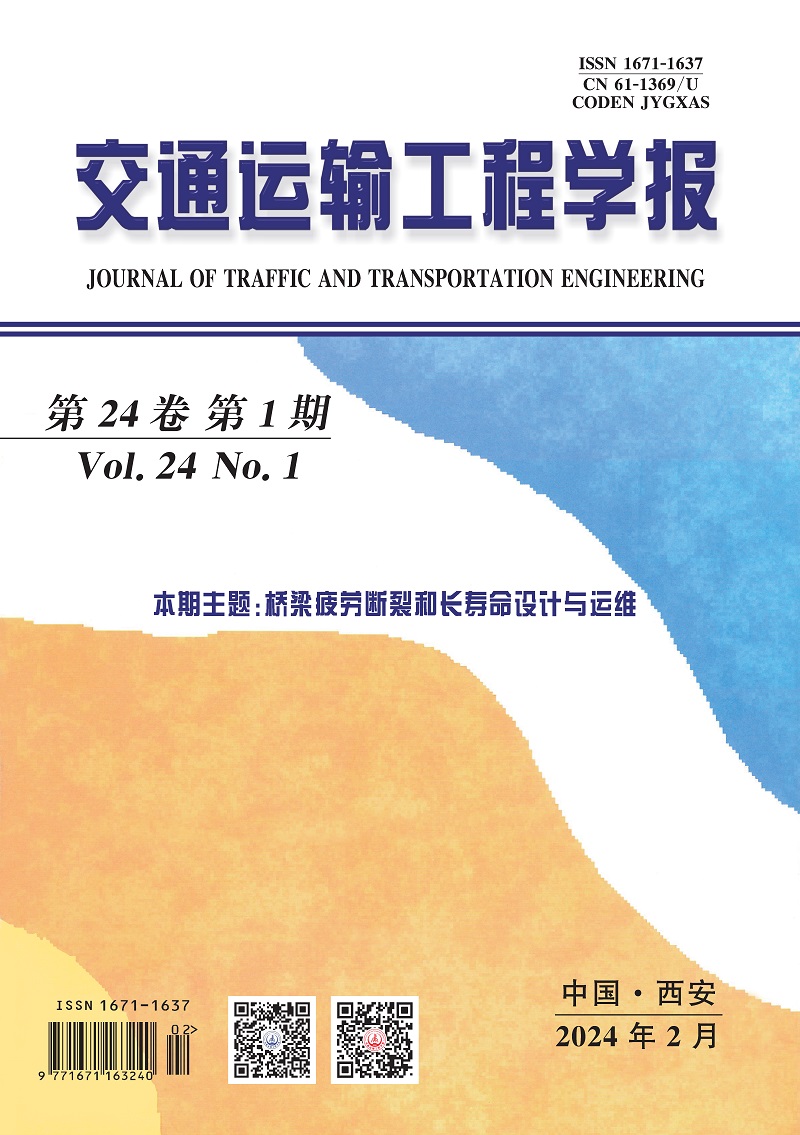2007 Vol. 7, No. 5
Display Method:
Abstract:
2007, 7(5): 1-5.
Abstract:
2007, 7(5): 6-11.
Abstract:
2007, 7(5): 12-14.
Abstract:
2007, 7(5): 15-18.
Abstract:
2007, 7(5): 19-23.
Abstract:
2007, 7(5): 24-27.
Abstract:
2007, 7(5): 28-32.
Abstract:
2007, 7(5): 33-36.
Abstract:
2007, 7(5): 37-40.
Abstract:
2007, 7(5): 41-47.
Abstract:
2007, 7(5): 48-53.
Abstract:
2007, 7(5): 54-57.
Abstract:
2007, 7(5): 58-62.
Abstract:
2007, 7(5): 63-67.
Abstract:
2007, 7(5): 68-72.
Abstract:
2007, 7(5): 73-76.
Abstract:
2007, 7(5): 77-83.
Abstract:
2007, 7(5): 84-87.
Abstract:
2007, 7(5): 88-92.
Abstract:
2007, 7(5): 93-96.
Abstract:
2007, 7(5): 97-100.
Abstract:
2007, 7(5): 101-105.
Abstract:
2007, 7(5): 106-111.
Abstract:
2007, 7(5): 112-117.
Abstract:
2007, 7(5): 118-122.
Abstract:
2007, 7(5): 123-126.




